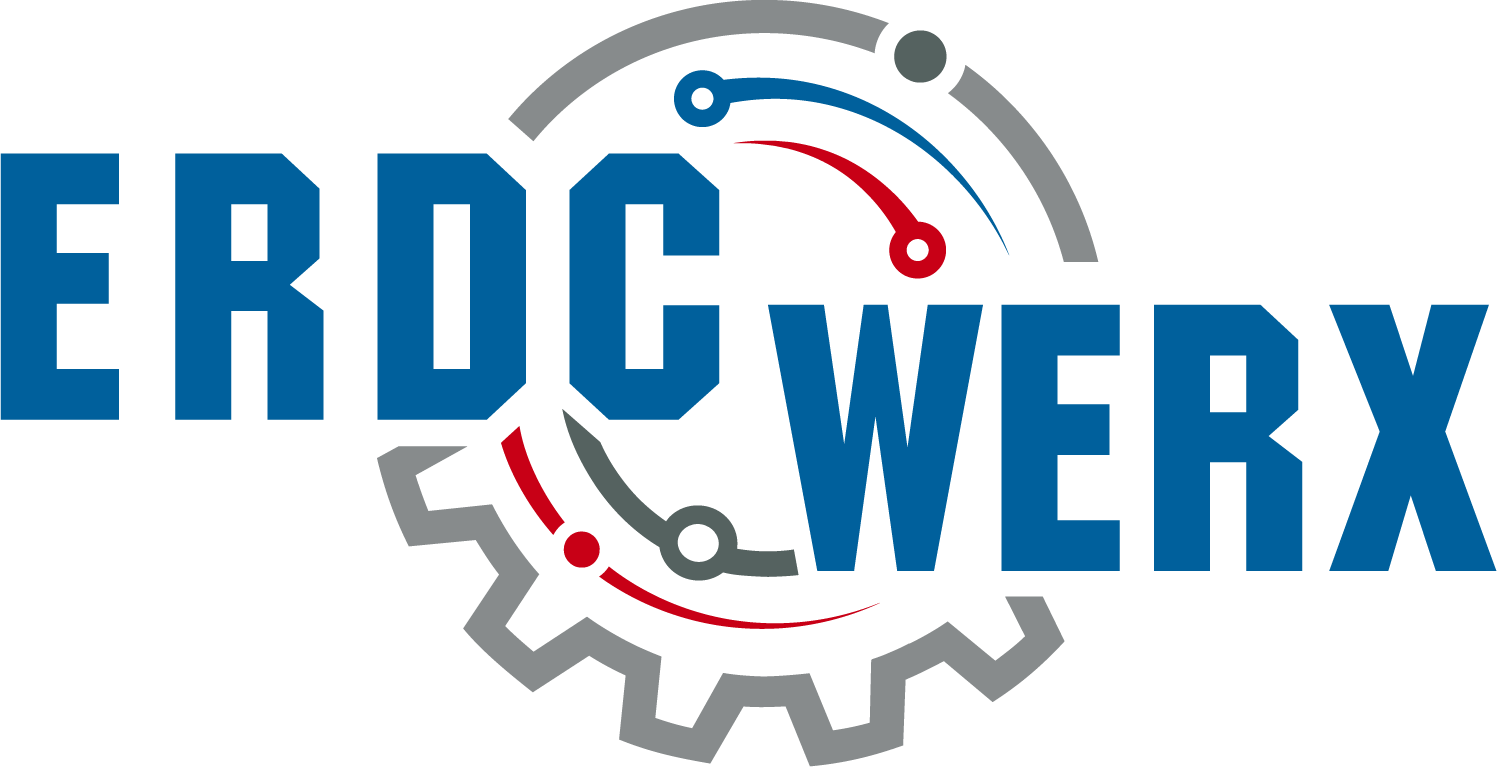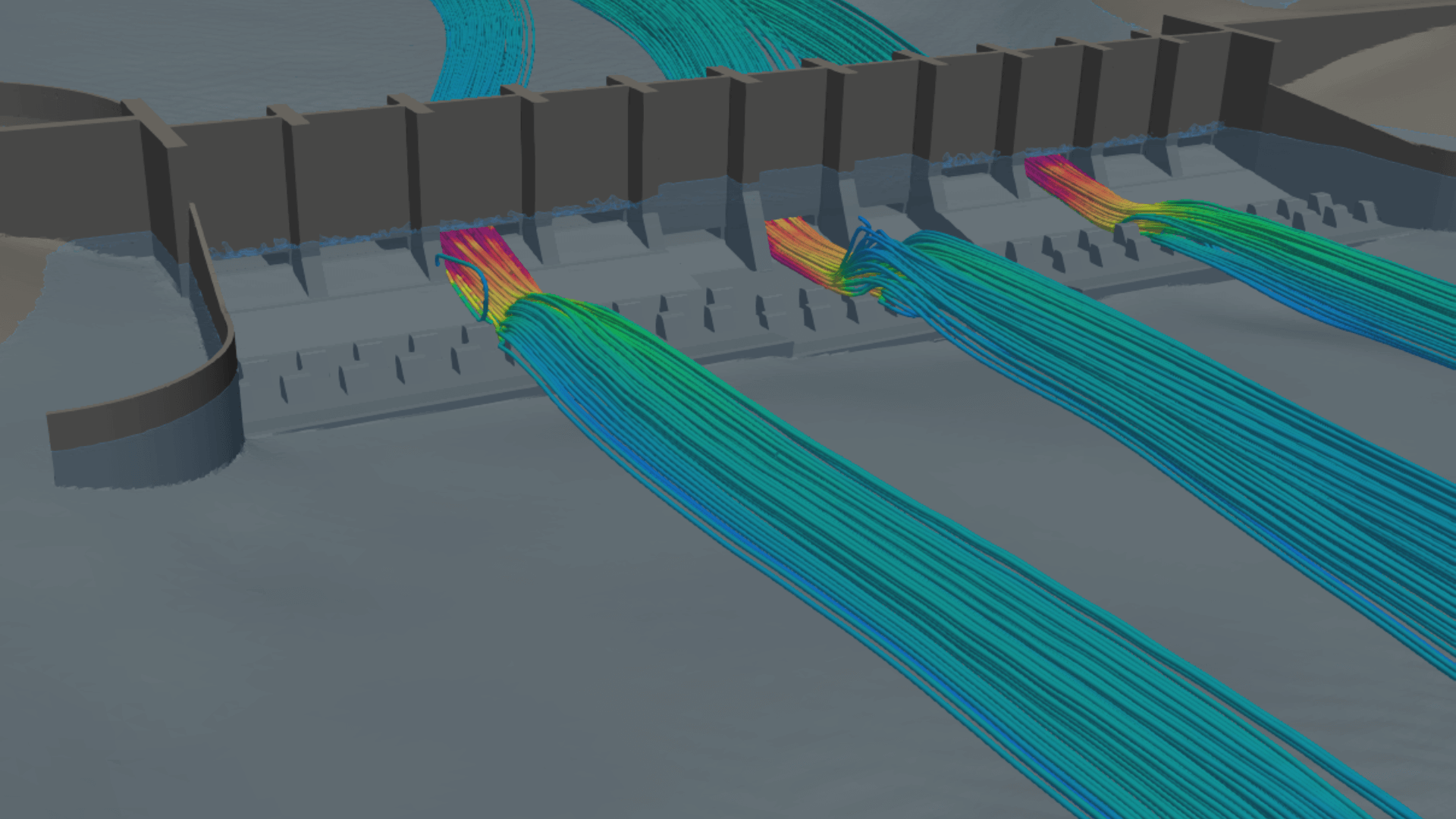Overview
The U.S. Army Engineer Research and Development Center (ERDC) Coastal and Hydraulics Laboratory (CHL) invites proposals for the development of Computational Fluid Dynamics (CFD) methods and methodology tailored for application in U.S. Army Corps of Engineers (USACE) projects. This initiative aims to address existing limitations, facilitate widespread adoption, and enhance the efficiency of OpenFOAM fluid modeling tools in water resource projects through the development of a Graphical User Interface (GUI), a fast initial solver, verification, and validation simulations, and resulting documentation and guidance materials.
Background
The demand for advanced, open-source Computational Fluid Dynamics (CFD) solutions within the U.S. Army Corps of Engineers (USACE) arises due to identified limitations in current practices. Notably, there is a lack of published verification and validation efforts using OpenFOAM for large-scale, two-phase hydrodynamic applications, such as open channel flows, spillway performance, and control structures. High-fidelity simulations require extensive computational resources and time commitments, restricting their application to districts with access to such resources. Furthermore, the user interface for OpenFOAM is command-line oriented and requires extraneous knowledge to operate which is unnecessary for efficient analysis of the hydrodynamic system as a whole.
To address these challenges, four key areas need attention. Firstly, there is a need for comprehensive verification and validation efforts to establish appropriate software parameters and quantify the validity and uncertainty associated with technology assumptions and methods, especially in large-scale hydrodynamic applications. Additionally, the development of a simplified graphical user interface is crucial to enhance workflow efficiency for USACE engineers dealing with complex problems. Widespread general guidance and outreach are essential to provide engineers with standardized information, improving decision-making and efficiency. Lastly, the creation of a faster and simpler solver is imperative to reduce computational resource requirements and make high-fidelity CFD tools more universally accessible to USACE engineers.
Project Manager
Coastal and Hydraulics Laboratory (CHL), U.S. Army Engineer Research and Development Center (ERDC)
Objectives
The primary objectives of this project are to:
- Develop an intuitive Graphical User Interface (GUI) to simplify preprocessing steps and execution of CFD modeling for USACE engineers
- Conduct validation and verification simulations for hydrodynamic problems using the developed GUI/solver/computational libraries
- Establish a strategic outreach program for broad user guidance and training
- Develop a fast initial solver or computational libraries for efficient model initialization
Requirements
The proposed initiatives may target specific challenges as long as they demonstrate a willingness to engage in collaborative endeavors with various organizations, including USACE. This collaborative approach aims to attain the optimal solution that effectively addresses all the mentioned issues.
Proposals should address the following key requirements:
- Demonstrate expertise in multiphase CFD methodologies and applications
- Establish a strategy for integrating diverse stakeholder perspectives and insights, fostering a collaborative approach to incorporate external guidance effectively
- Showcase experience in developing intuitive GUIs for engineering applications and/or qualifications for faster solver development
- Outline strategies for effective outreach and training programs
- Present qualifications for collaboration with academic and other partners for GUI and/or solver development and guidance/training material documentation
- Provide a detailed plan for validation and verification simulations using the GUI and/or developed solver
- Provide a detailed plan for cost and time requirements for each task
Applicants must be registered on SAM.gov.
Note: Submissions should NOT include confidential or proprietary details.
Estimated Government Funding Profile
Up to $400,000; multiple solutions may be selected; total system solutions as well as partial (component) solutions will be considered
Estimated Period of Performance
12-18 months after award date
Expected Result
This project will elevate the technology readiness of CFD tools customized for water resource issues, ensuring accessibility and efficiency for all USACE engineers. The objective is to create user-friendly tools, enabling USACE engineers to effectively apply their hydraulic expertise with higher-fidelity models to tackle the nation’s challenges. Anticipated results include, but are not limited to:
- Periodic updates including, but not limited to, progress reports, and/or meetings/demonstrations of the product status and capability
- Comprehensive reports and training documentation for adoption into typical USACE workflows
- Demonstration of a functional product or significant advancement in the technical capabilities/speed of an initial solver
An established external advisory board consisting of USACE delegates and invited experts of CFD modeling, hydraulic engineering, and other technical expertise may be selected as points of contact to refine inputs and requirements for the GUI software, and collaborate regarding associated training materials required to rapidly adopt the developed codes.
Evaluation Criteria
Submissions will be evaluated based on the criteria described in the CSO Solicitation document.
Notional Project Schedule
Proposed project milestones include:
| April 26, 2024 | Submissions Open |
| May 10, 2024 | Question Period Ends |
| May 17, 2024 | Submissions Close |
| May 17-24, 2024 | Evaluation Period, Virtual Pitch Hosted (if needed) |
| May 27, 2024 | Selected Participants Notified by ERDC of Request for Full Proposal |
*If needed; dates may vary to accommodate project team and participant availability.
Project Security Classification
Unclassified
Submissions must be formatted as described in the CSO Solicitation document, Section B, Volume I – Technical if applicable. Submissions should NOT include confidential or proprietary details. Submissions will be reviewed by ERDC/government subject matter experts and may be shared as appropriate with other ERDC parties.
The government has the authority to decline all submitted proposals. The government does not plan to engage in the debrief process outlined in FAR part 15, but will provide feedback to unsuccessful offerors as appropriate and at its discretion. The government intends to obtain unlimited rights in all works first produced, created, or generated and required to be delivered under this contract. The terms of the rights are detailed in DFARS 252.227-7020 — Rights in Special Works.
How to Participate
Qualified parties may submit by completing a submission form and uploading required documentation as defined in the CSO Solicitation document.
1. Review CSO Solicitation document
2. Review FAQs
3. Complete the submission form
Submission Instructions: This solicitation, an Individual Program Requirement (IPR), is issued consistent with the authority granted to the U.S. Army Engineer Research and Development Center (ERDC) through the establishment of its Commercial Solutions Opening (CSO), W912HZ23SC001-01, and will stipulate a specific due date for solutions.
Questions: Interested parties may submit questions using this form until May 10, 2024.
Submissions must meet stated requirements and be received no later than 4:00 pm CT on Friday, May 17, 2024.
ERDC is conducting this project announcement on a full and open basis and intends to award contracts in accordance with FAR part 12 and the FAR part that is deemed most appropriate for the solution proposed (i.e. FAR part 13, 15, and/or 35); the government reserves the right to award prototype agreements (e.g. Other Transaction Agreements), in accordance with 10 U.S.C. 4022, if deemed appropriate and in the government’s best interest.


